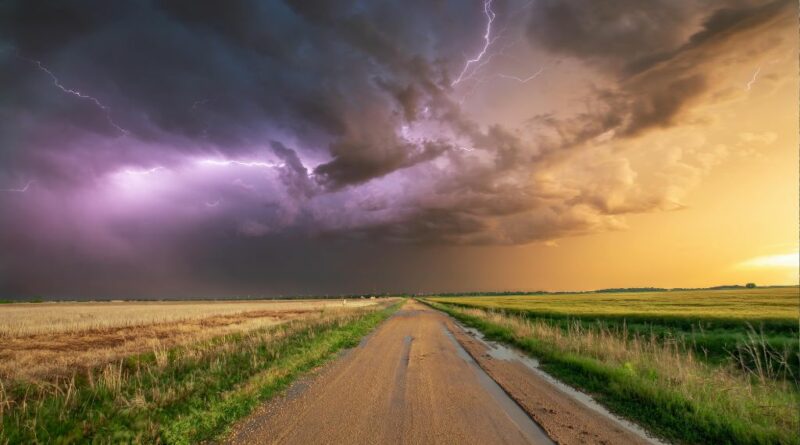The Cloud Unveiled: Beyond the Ether
When we hear the word ‘cloud’ in 2025, our minds conjure an ethereal image: a boundless, invisible expanse where data floats freely, unshackled by physical form or geographic constraint. It’s a seductive notion—an amorphous digital heaven where emails, photos, and streams materialise at our fingertips with no apparent effort or infrastructure. But this romanticised vision couldn’t be further from the truth. The cloud, far from being a massless mirage, is a sprawling, tangible network of machines, cables, and buildings—an intricate ecosystem grounded in the real world. So, what exactly is the cloud? Let’s pull back the curtain.
A Physical Foundation
Contrary to popular belief, the cloud isn’t some mystical vapour drifting in cyberspace. At its core, it’s a global web of data centres—massive warehouses packed with servers that hum with electricity and pulse with information. These facilities, often the size of small towns, house the physical hardware that stores and processes the petabytes of data we generate daily. From your latest Instagram post to the Netflix series you binge-watched last night, every byte resides on a hard drive or solid-state disk somewhere on Earth.
Take, for instance, the data centres operated by tech giants like Google, Amazon, and Microsoft. These behemoths are strategically positioned worldwide—sometimes in frigid climates like Scandinavia to leverage natural cooling, or near renewable energy sources to offset their colossal power demands. Far from being uncontained, the cloud is tethered to specific locales, its efficiency dictated by geography, climate, and infrastructure.
The Cables Beneath Our Feet
Data doesn’t simply leap from your phone to a server in the sky. It travels through an intricate lattice of subsea cables—fibre-optic lifelines that crisscross oceans and continents. These cables, some stretching thousands of kilometres, form the backbone of the internet and, by extension, the cloud. When you upload a file from London to a server in Virginia, it’s not magic—it’s physics, with photons racing along glass fibres at the speed of light.
This physicality comes with limitations. Bandwidth isn’t infinite; cables can degrade or be severed (sharks, believe it or not, have been known to nibble on them). The cloud’s vastness is real, but it’s not limitless—it’s a carefully engineered system with choke points and vulnerabilities.
Energy: The Cloud’s Lifeblood
If the cloud were truly massless, it wouldn’t guzzle electricity like a small nation. Yet that’s precisely what it does. Data centres consume about 1-2% of global electricity, a figure projected to rise as our appetite for cloud computing grows. Cooling systems whirr constantly to prevent servers from overheating, while backup generators stand ready for power outages. This energy footprint reveals the cloud’s heft—it’s not floating weightlessly but anchored by a voracious need for resources.
Innovators are responding, of course. Companies are investing in sustainable tech, from solar-powered data centres to experimental underwater server farms that use the ocean’s chill. Still, the cloud’s environmental impact underscores its materiality—a far cry from the intangible dreamscape we imagine.
Where Is the Cloud?
Ask where your data lives, and the answer might surprise you. It could be in a nondescript building in Dublin, a fortified bunker in Oregon, or a sprawling campus in Singapore. Cloud providers like AWS or Azure offer ‘regions’—specific zones where data is stored and processed. This isn’t just a technical detail; it has legal and political ramifications. Data sovereignty laws, for instance, dictate that certain information must stay within national borders, meaning the cloud is as much a geopolitical entity as a technological one.
Even your personal cloud—say, Google Drive or iCloud—has a postcode. It’s replicated across multiple servers for redundancy, but those servers have addresses, maintenance crews, and security guards. The cloud’s openness is an illusion; it’s a gated estate with strict boundaries.
Redefining the Metaphor
So why do we cling to this wispy metaphor? The term ‘cloud’ emerged in the 1990s from network diagrams, where a fluffy shape symbolised the internet’s complexity. Marketing seized on it, painting a picture of effortless accessibility. But as we’ve seen, the reality is messier—and more fascinating. The cloud is a marvel of human ingenuity, a testament to our ability to tame electrons and bend physics to our will. It’s not invisible or uncontained; it’s a pulsing, physical beast.
Next time you stream a song or back up a photo, spare a thought for the servers churning away, the cables threading the seafloor, and the power plants keeping it all alive. The cloud isn’t up there—it’s all around us, grounded in the dirt and steel of the world we know.



